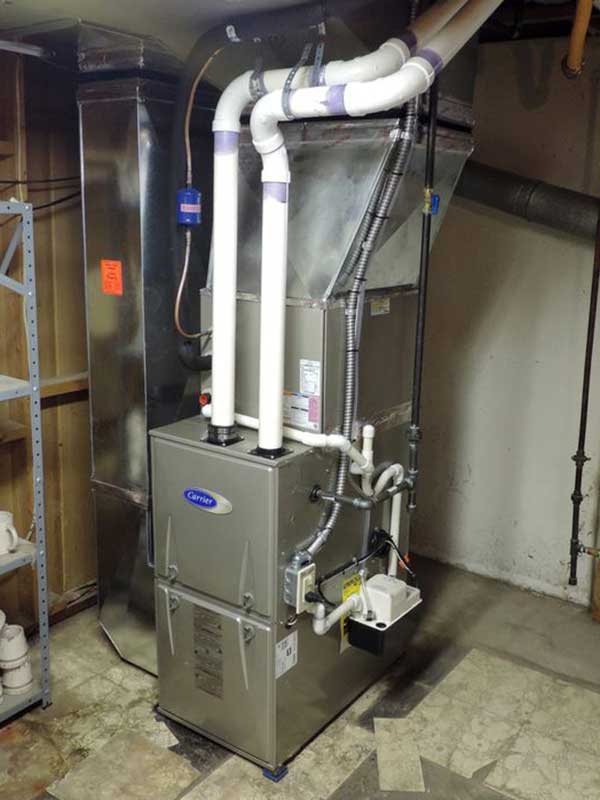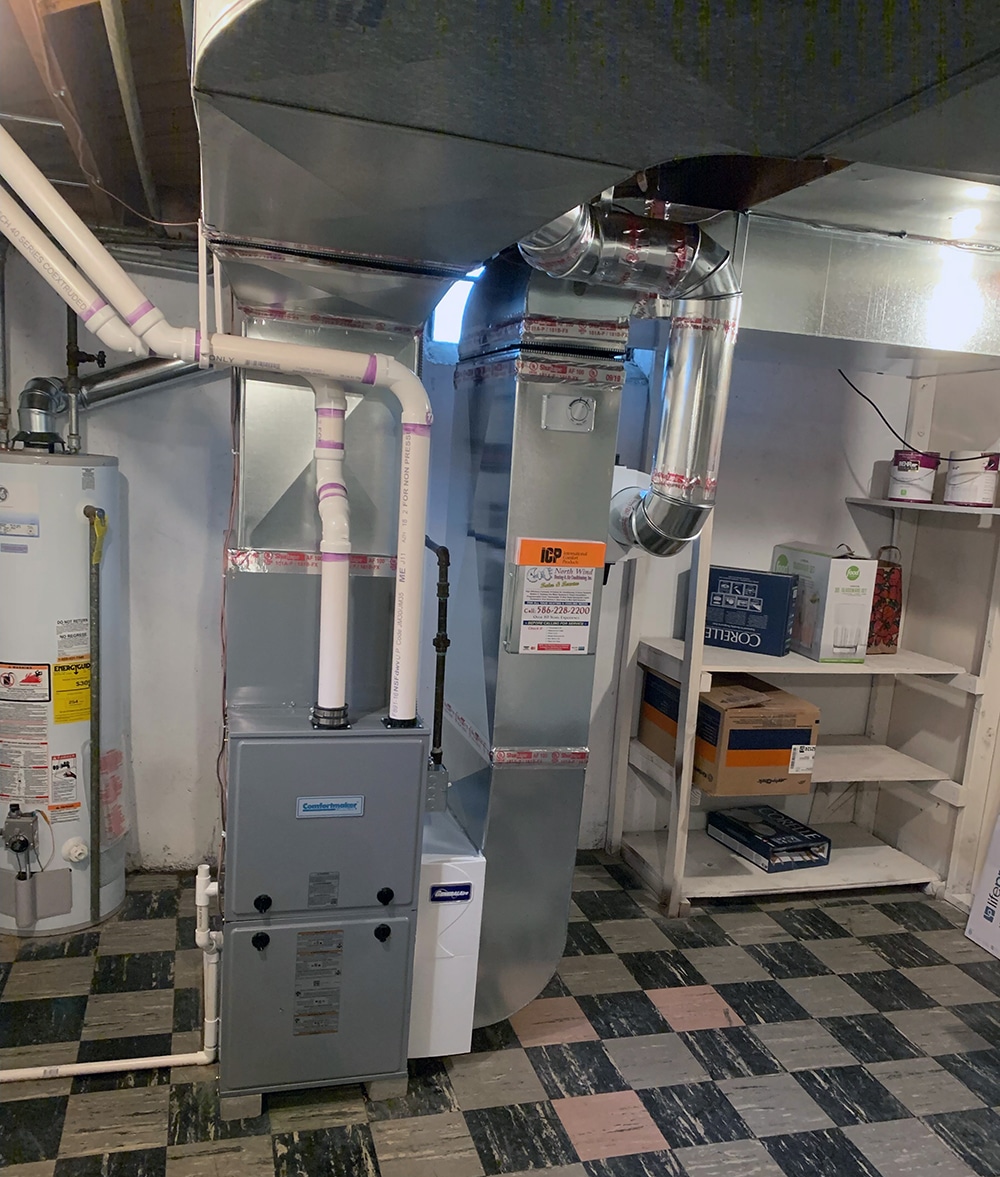The Ultimate Guide to Heater Installation for a Cozy Home
Heater setup is a critical facet of preserving a comfortable home setting, especially during the chillier months. Understanding the numerous sorts of furnaces offered and the significance of picking the suitable dimension can considerably impact both performance and comfort degrees. A thorough setup procedure, matched by the right devices and materials, guarantees optimum performance. This overview intends to gear up house owners with the knowledge needed to make enlightened decisions and execute reliable upkeep practices. As you think about these factors, the question stays: what actions can you require to ensure your heating system offers you well for several years to come?
Kinds of Heaters
When taking into consideration furnace installation, understanding the various sorts of heating systems readily available is critical for making an informed decision. The primary types of furnaces include gas, electric, and oil furnaces, each offering distinct advantages and considerations.
Gas furnaces are the most common choice due to their performance and reduced functional expenses. They use gas or lp, offering quick heating and consistent efficiency, making them excellent for cooler environments.
Electric heating systems, while typically simpler to install and maintain, often tend to have greater operational costs. They are frequently favored in locations where gas solution is unavailable or for homes with existing electric framework.
Oil heating systems, though less common today, continue to be a feasible choice in certain areas. They shed heating oil, which can be useful during colder months, yet their reliance on oil distribution postures possible challenges.
Furthermore, there are high-efficiency versions available across these types, which can substantially reduce energy intake and energy expenses. Ultimately, understanding these heater types will assist property owners choose a system that lines up with their heating requires, budget, and power preferences.
Selecting the Right Size
Choosing the proper dimension for a heater is crucial to making certain optimal performance and energy efficiency. An undersized furnace will have a hard time to preserve comfortable temperatures during the cold months, resulting in boosted deterioration, higher energy expenses, and potential system failure. Conversely, an oversized furnace may cycle on and off too frequently, causing ineffective home heating and unequal temperature level distribution within the home.

Furnace dimensions are typically determined in British Thermal Devices (BTUs), which indicate the quantity of power required to heat up a room. It is recommended to seek advice from with a certified heating and cooling specialist who can find out carry out the needed calculations and suggest a suitably sized device. furnace repair. Purchasing the best heater dimension not only enhances comfort however additionally adds to long-lasting power financial savings and system reliability
Installation Process Introduction
As soon as the appropriate furnace size has been identified, the following action entails recognizing the installation process. This process generally begins with a thorough evaluation of the setup website, consisting of the existing ductwork and air flow systems. Correct preparation is crucial to ensure seamless integration and optimal performance of the brand-new furnace.
The setup generally includes disconnecting the old device, which involves safely removing any kind of electric links, gas lines, and ductwork affixed to the previous heating system - straight from the source furnace repair. When removed, the new furnace is carefully positioned and leveled, ensuring that it fulfills the supplier's requirements for ideal operation
Next, the installer will certainly attach the needed gas and electrical lines, adhering to neighborhood codes and safety and security guidelines. Following this, ductwork may need to be changed or replaced to accommodate the brand-new system, making certain effective airflow throughout the home.

Necessary Tools and Materials
Collecting the important devices and products is important for an effective furnace setup. Correct preparation makes sure that the installation process is effective and minimizes the capacity for mistakes.
Trick tools needed consist of a drill, screwdrivers, wrenches, pliers, and a degree. A multimeter is important for electrical links, while a pipeline cutter and adjustable wrench are required for gas line setup. In addition, a measuring tape a knockout post and a stud finder will aid in making certain accurate placement and safe attachment of the heater.
In regards to materials, you will need ductwork, insulation, and sealing tape to ensure optimal airflow and energy effectiveness. It is likewise vital to have a brand-new heater filter on hand, along with venting materials, such as PVC pipe or metal flue, depending on the type of heating system being set up.
Security devices, including gloves, goggles, and a face mask, is also vital to secure against dust and debris during installation. Having all these devices and products conveniently offered not just enhances the process but also enhances the safety and performance of the heater installment.
Upkeep Tips for Durability
To guarantee the longevity of your furnace, it is important to apply a normal maintenance schedule that addresses vital parts of the system. Begin by replacing or cleansing the air filter each to three months, as a clogged filter can limit air flow and decrease efficiency. In addition, check and clean the blower setting up to stop dust buildup that can impede performance.
Following, inspect the thermostat settings and rectify if required to ensure exact temperature law. Examine the ductwork for leakages or obstructions, as this can lead to power loss and uneven home heating. Consistently lube the electric motor and bearings according to the maker's recommendations to lessen deterioration.
Specialist evaluations must occur each year, where a certified professional can analyze the heating system's total problem, look for gas leaks, and ensure that safety features are functioning properly. Finally, take into consideration mounting a programmable thermostat to maximize energy usage and keep constant home temperature levels. By taking on these upkeep practices, you can improve your heater's efficiency, extend its life expectancy, and inevitably enjoy a comfortable and comfy home setting.
Verdict
Reliable heating system installation is essential for achieving optimum home convenience and energy efficiency. Recognizing numerous heating system types and picking the ideal dimension guarantees proper capability.